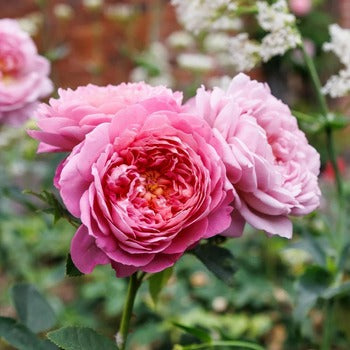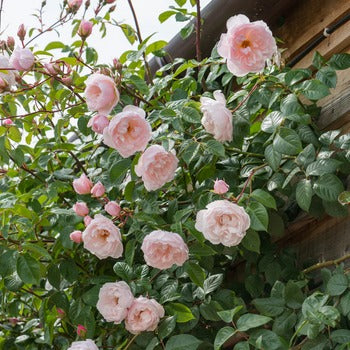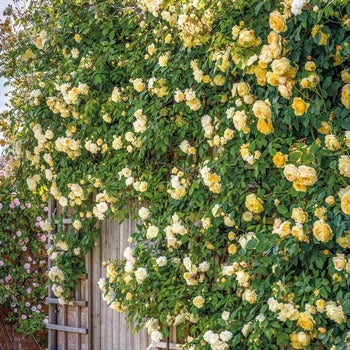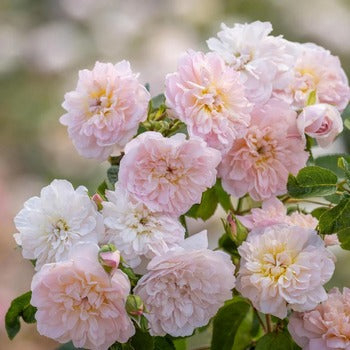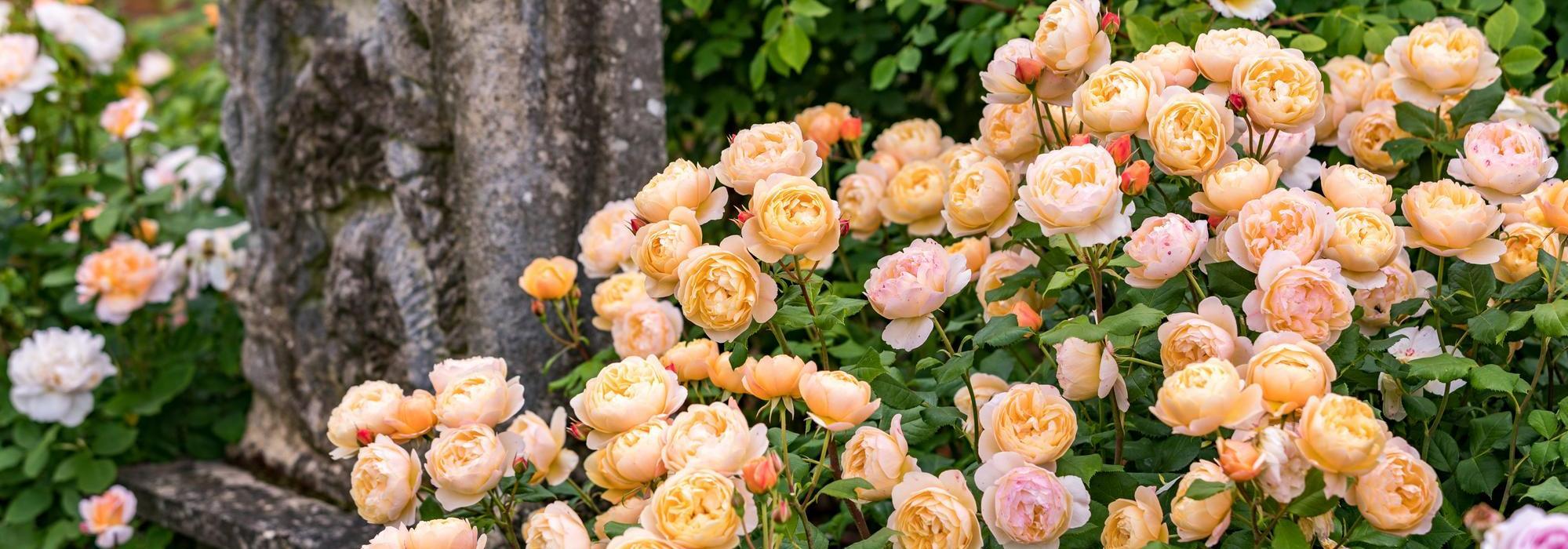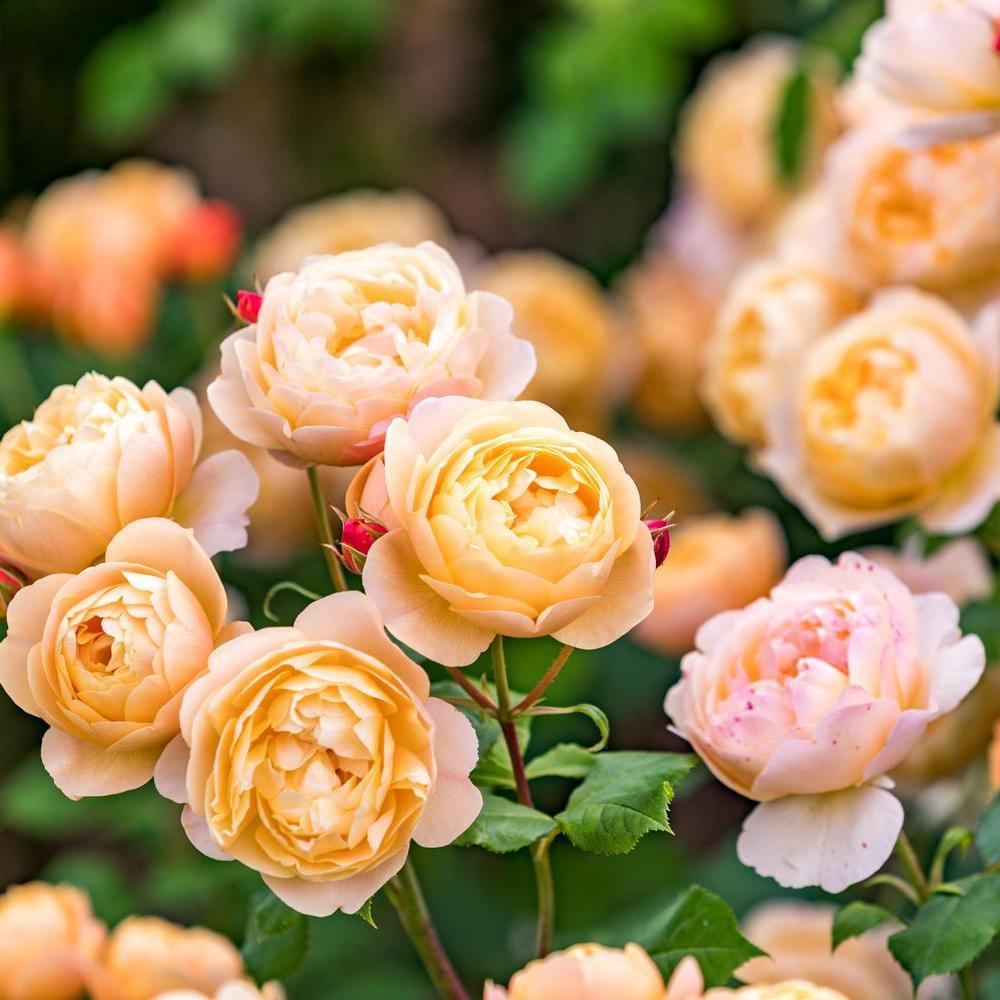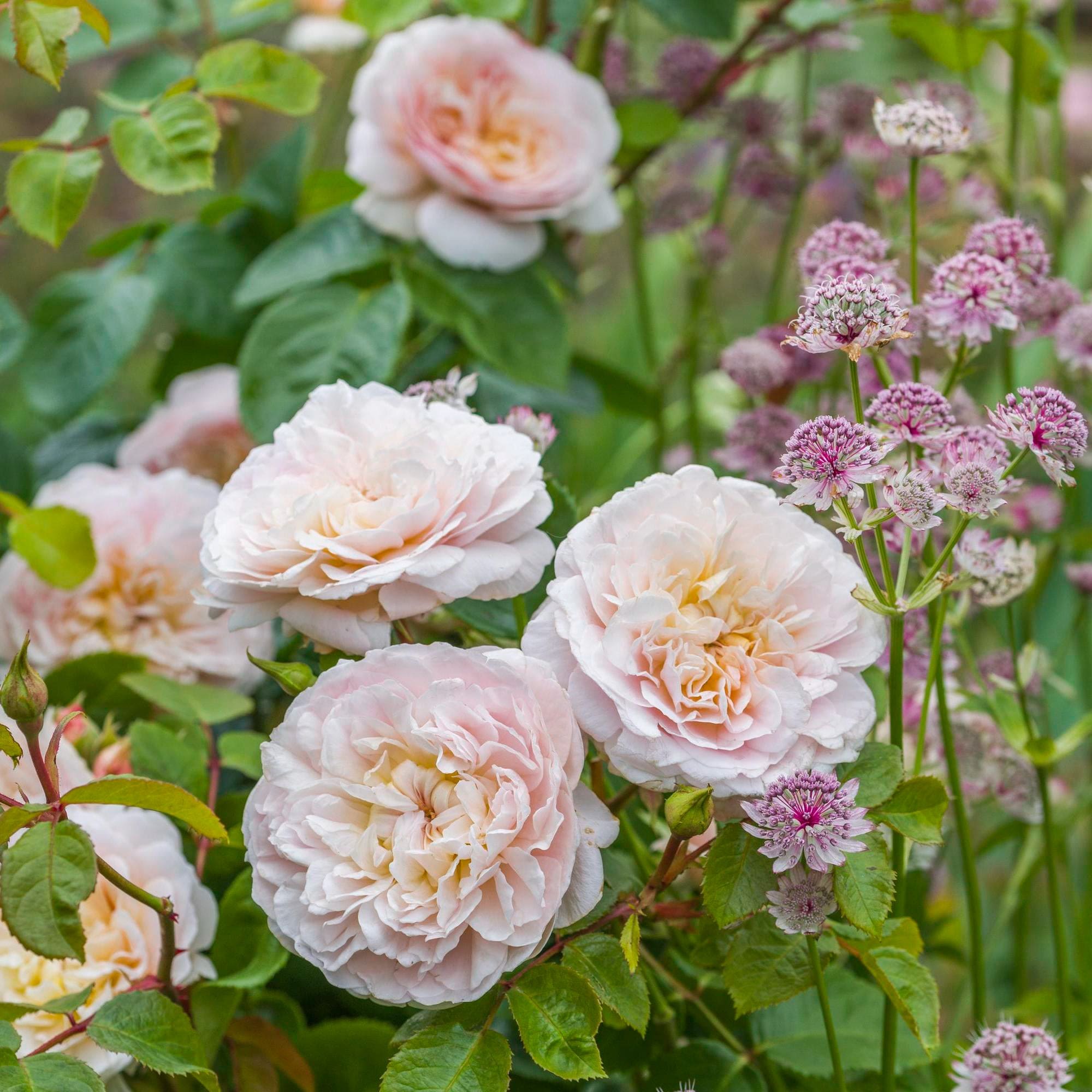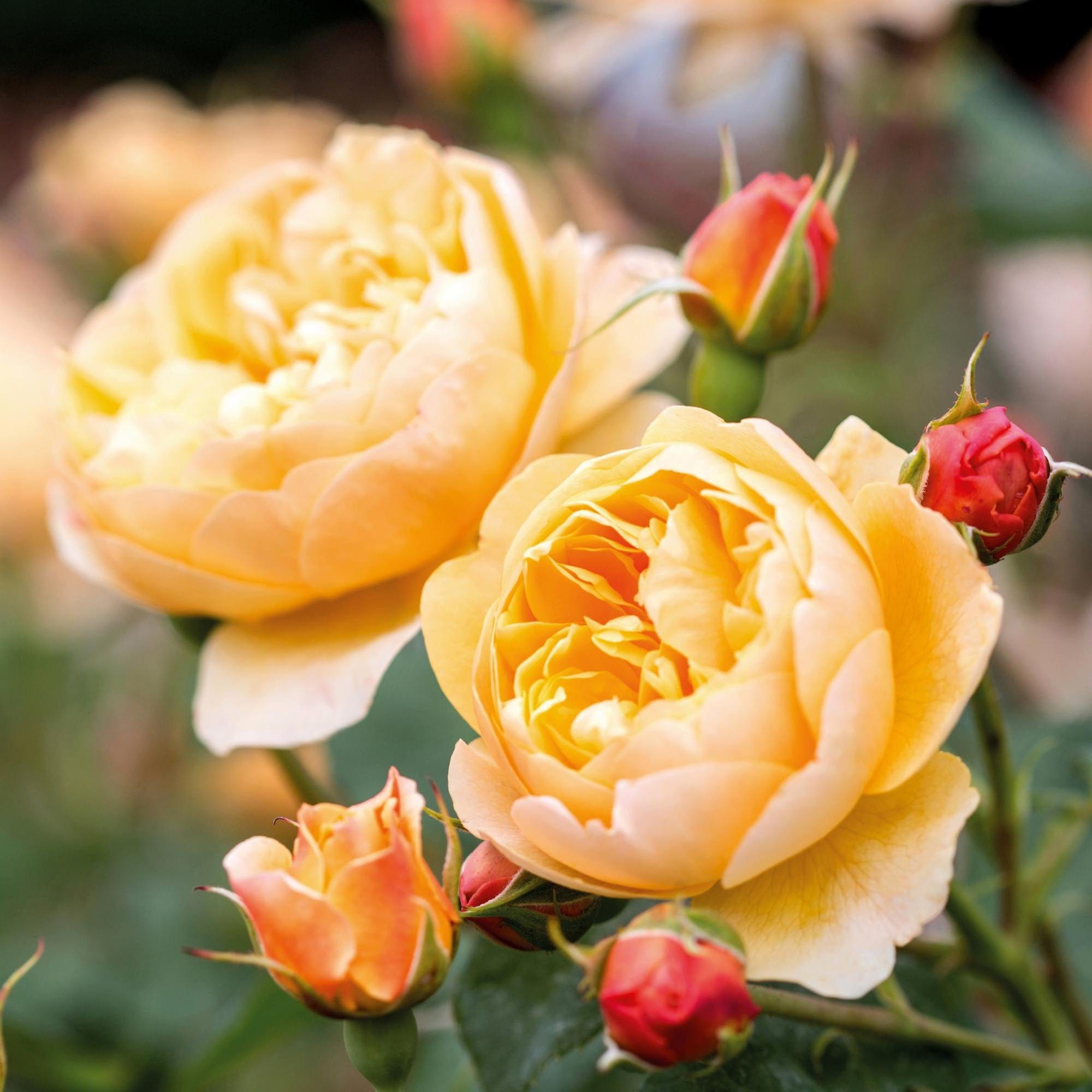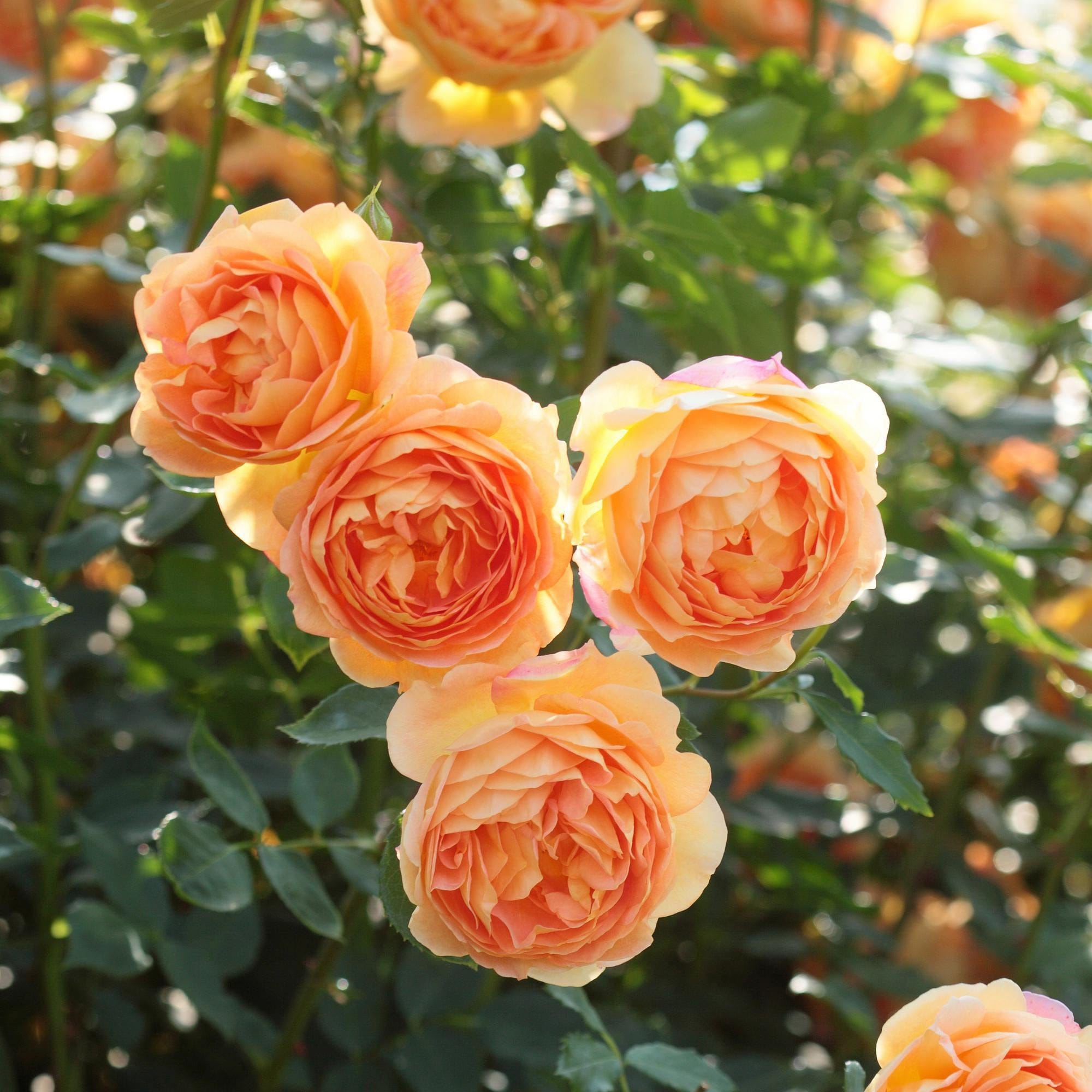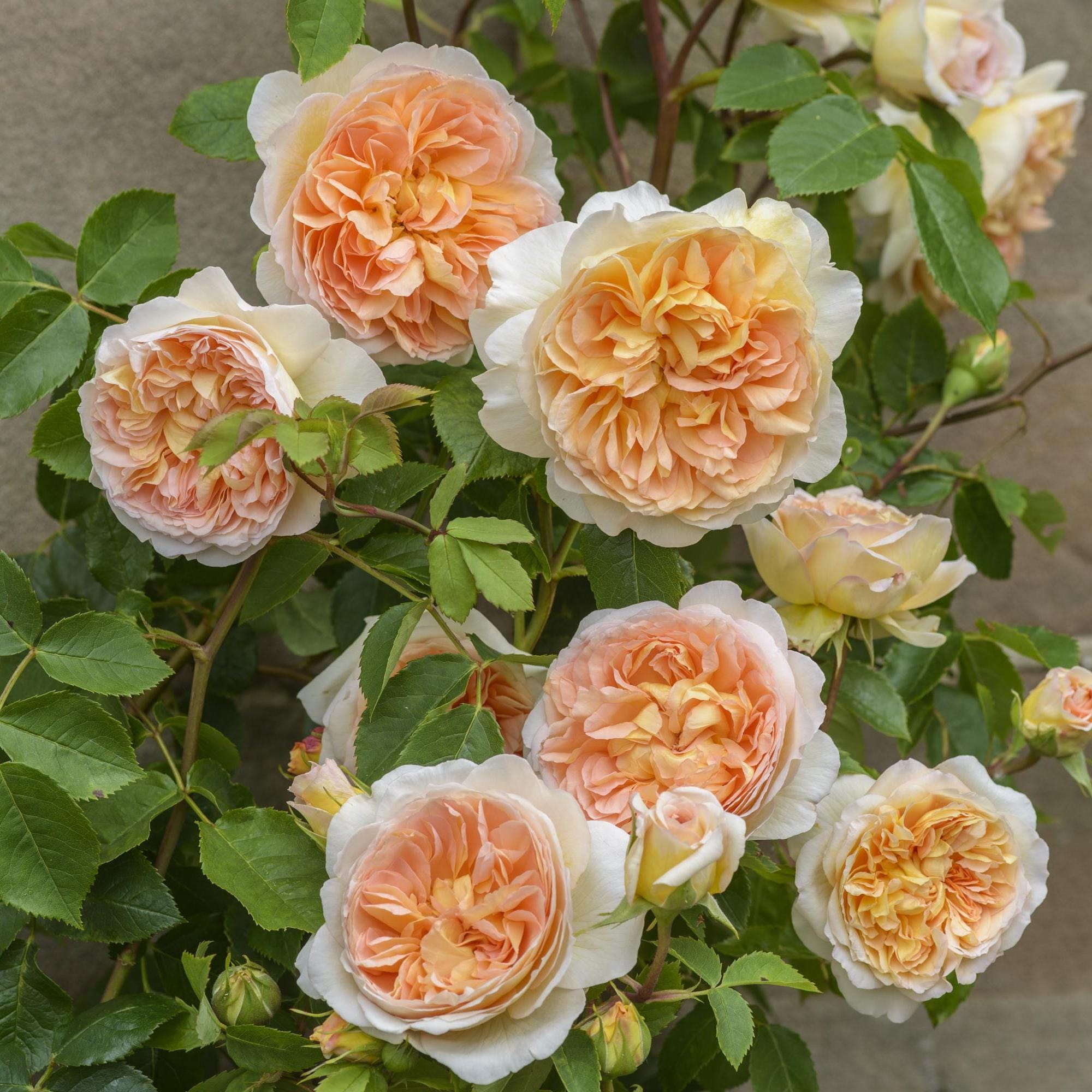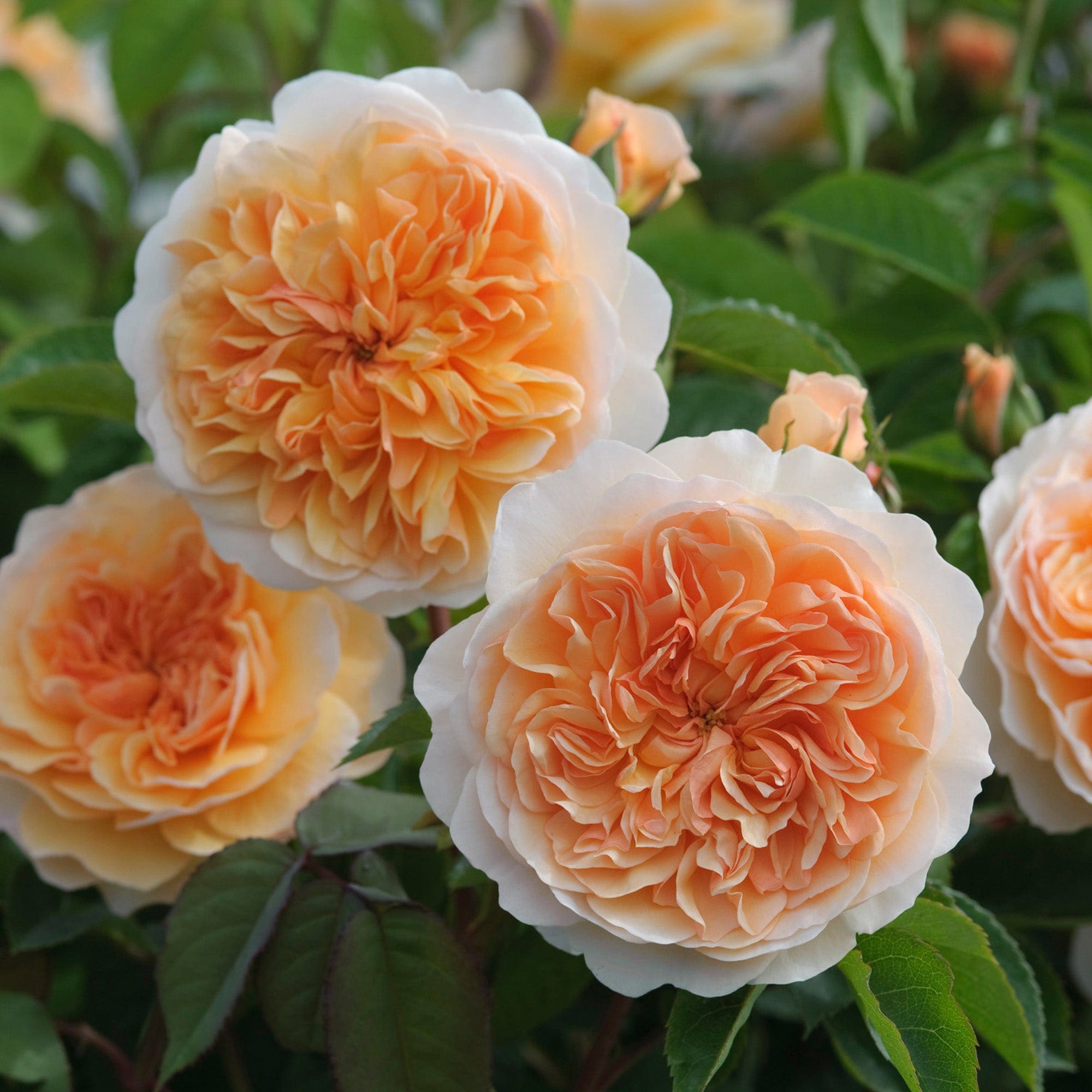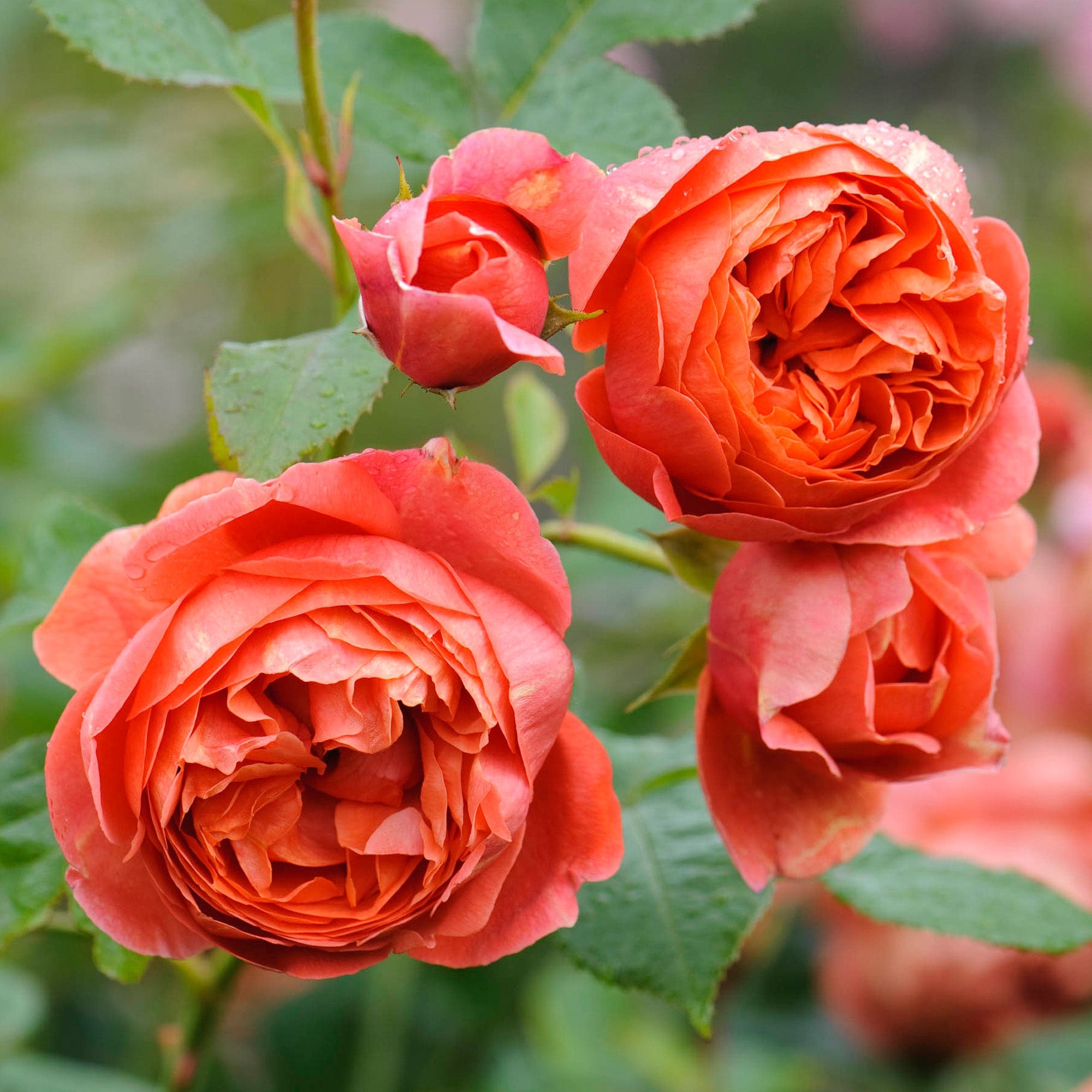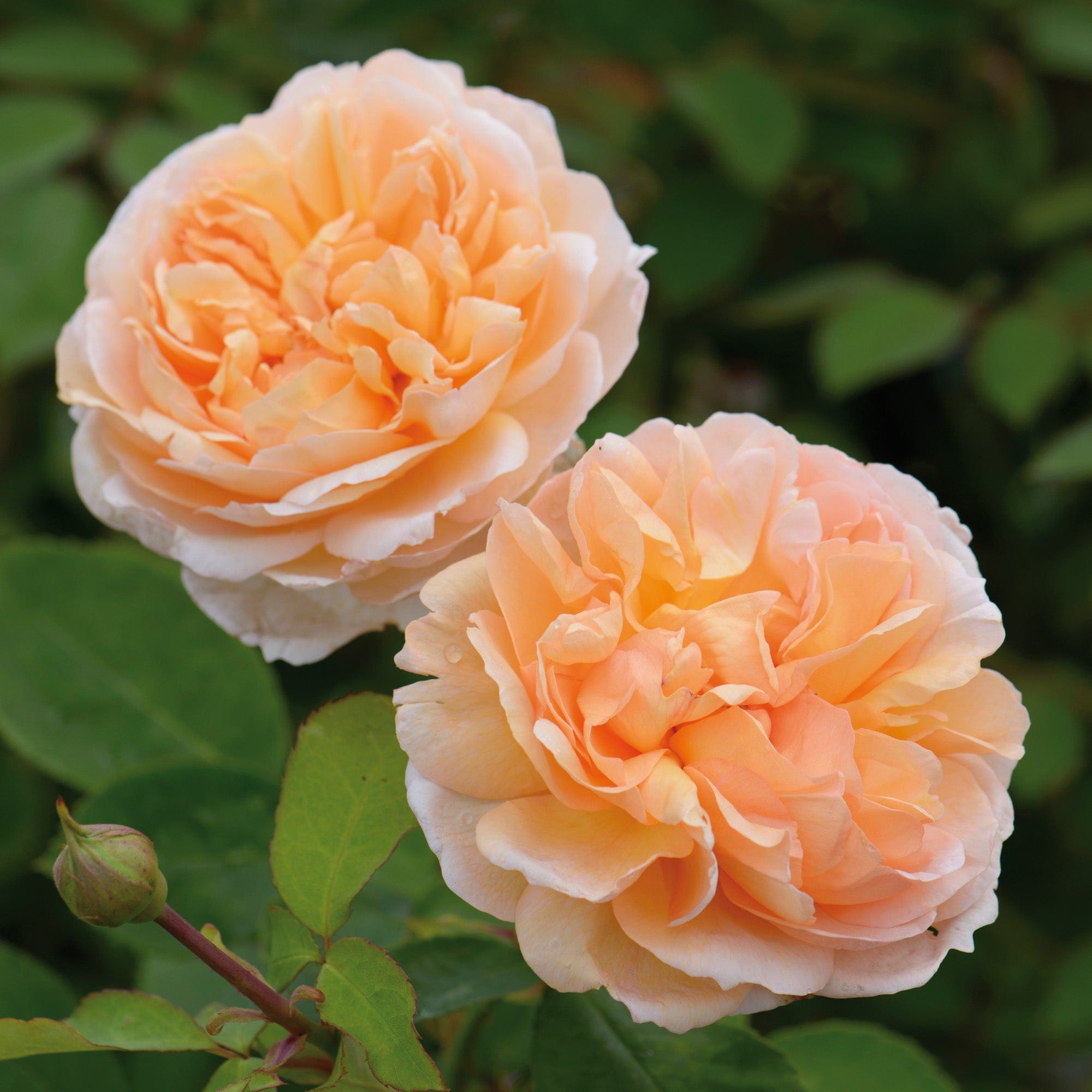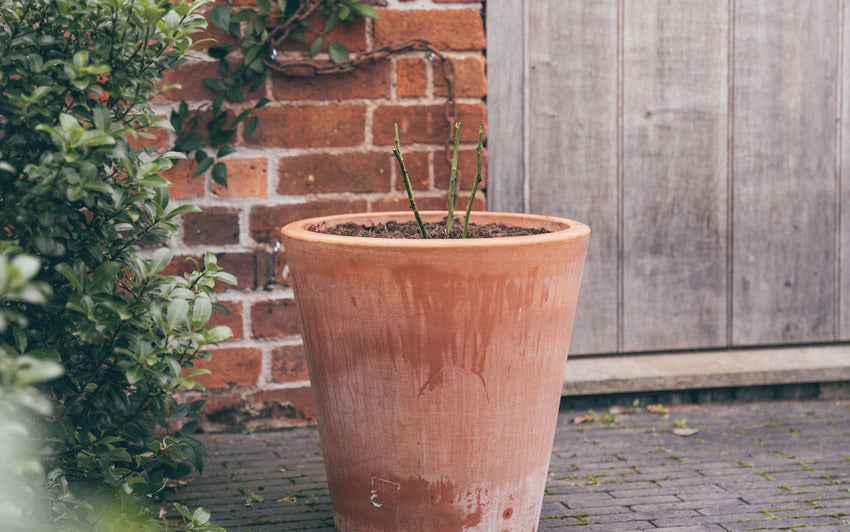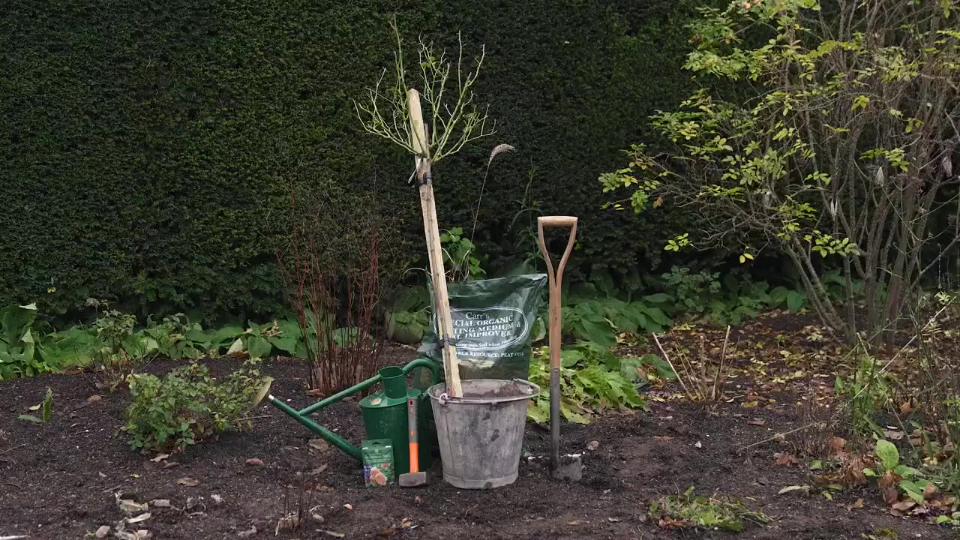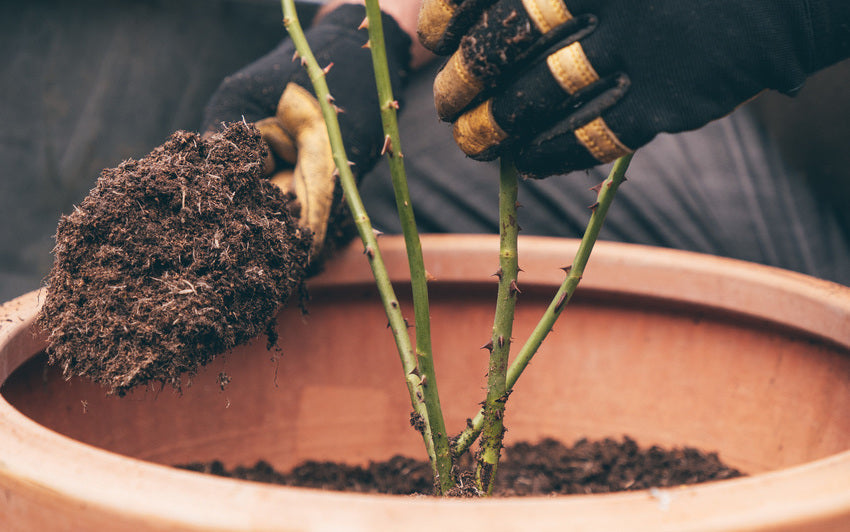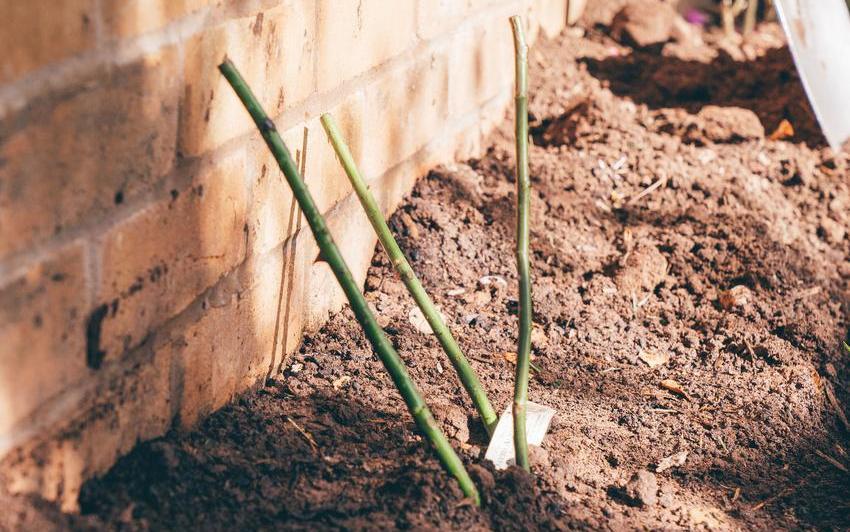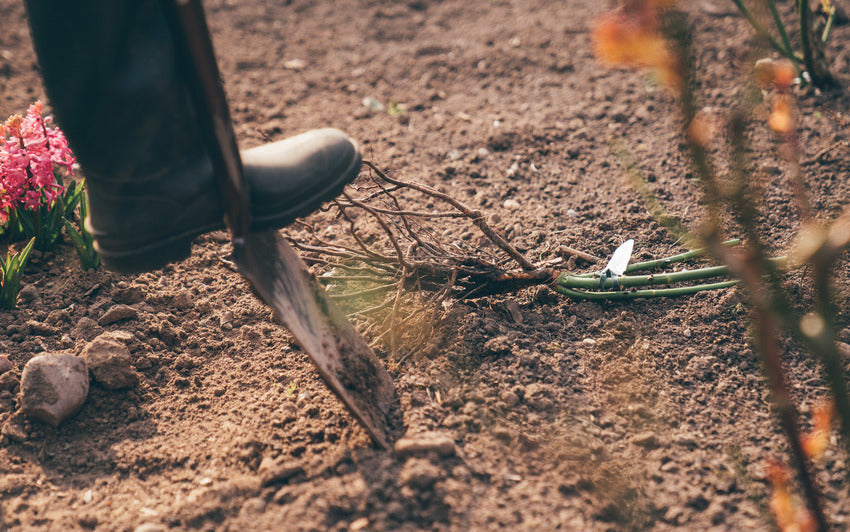The Changing Colours of English Roses
When Roses Bloom in Surprising Shades
It’s something that catches gardeners out time and again. A rose you’ve grown before, chosen for its particular shade, opens in a colour that seems unfamiliar. Maybe it’s paler. Maybe there’s a flush of pink where there wasn’t one before. Maybe the whole bloom looks like it belongs to another plant altogether.
These changes aren’t mistakes, and they’re rarely anything to worry about. Roses are living things, and their colouring is shaped by all sorts of influences. Some are down to the plant’s natural development, others are caused by the weather or the soil or simply the timing of the bloom. The results can be striking, frustrating, or unexpectedly beautiful.
How Heat and Sunlight Affect Rose Colour
One of the biggest influences on rose colour is temperature, particularly the combination of hot days and warm nights. When the weather is consistently hot, as it has been recently, rose pigments can behave quite differently. Deep colours may fade faster, pale colours can bleach almost white, and subtle blends often lose their contrast. Strong sunlight tends to break down pigment in the petals more quickly, especially in roses with softer colours like apricot, blush pink, or cream.
This summer’s dry spell has made the effect even more noticeable. Without regular rainfall, plants become slightly stressed, even if they’re otherwise healthy. They may produce smaller blooms, and those blooms might not develop colour as fully. Roses that normally open with rich, glowing tones might look thinner, duller, or oddly washed out. In some cases, blooms can look almost like ghosts of their usual selves.
Cool nights, when they do come, help deepen pigment. Some varieties will take on stronger tones if the temperature drops at the right point in their flowering cycle. But in a stretch of warm, dry nights, you may never see that deepening.
The Role of Anthocyanins
A lot of this comes down to a group of natural pigments called anthocyanins. These are responsible for the reds, pinks, and purples in rose petals. They also appear in new growth, often giving young leaves and stems a reddish tint. That colour isn’t just decorative, it helps protect the tender parts of the plant from harsh sunlight, acting as a natural sunscreen while the tissues are still soft and developing.
The production of anthocyanins is influenced by sunlight, temperature, and water availability. When any of these shift, the balance of pigment changes too. That’s why a rose can look more pink one week and more apricot the next, or why a purple-toned bloom might open blueish in cooler weather.
It’s not that the rose is changing identity. It’s just reacting to the conditions around it.
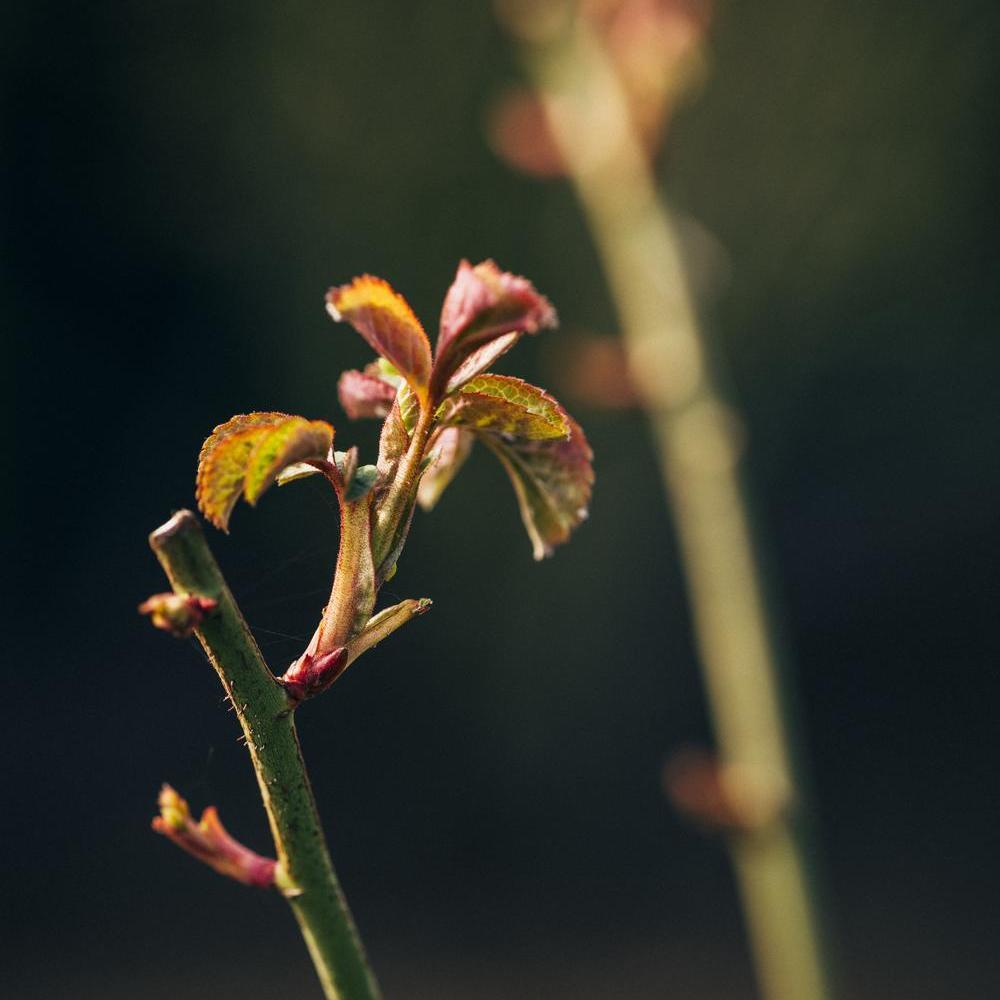
Pink Splashes After Rain
A completely different kind of colour change can happen with rain. Every now and then, you’ll see pink or red speckles appear on pale-coloured roses - usually white or very light pink varieties - often after a spell of wet weather. These marks aren’t caused by disease or damage. They’re just a response to moisture at a very particular moment in the flower’s development.
As the bud is beginning to open, raindrops or heavy dew can disturb the way pigment is distributed across the petal surface. Anthocyanins get pulled or pooled unevenly, almost like watercolour paint on damp paper. The result is a soft splashing effect, sometimes very subtle and sometimes quite bold.
In dry weather, this doesn’t happen. So, if you’ve seen these pink flecks before and wondered why they’ve disappeared this year, it’s probably just the lack of rain at the right time. They’re a quirk of nature, not a fault of the flower.
In the Life of a Rose
Some roses naturally shift colour as they open and mature. A bud may start out apricot, turn to blush pink as it opens, and finish up cream or ivory before the petals drop. Others fade more gradually, or change depending on how much sun the individual bloom receives. These changes can be especially noticeable in varieties with complex or blended colouring.
In other cases, age causes the pigment to break down. A rich yellow bloom might end up looking straw-coloured or parchment-like after a few days in the sun. This is all part of the rose’s natural life cycle. It’s not a problem to be fixed, it’s just how the flower moves through time.
The Beauty of Change
For gardeners, this means one simple thing: rose colour is never fixed. The same plant might produce slightly different flowers from one week to the next, depending on the weather, soil moisture, time of day, and age of the bloom. Even a well-established variety might throw out a flower that looks nothing like the last.
These shifts are part of the reason why roses remain so fascinating to grow. They keep you looking closely. They remind you that no two days in the garden are quite the same. And often, what surprises you turns out to be even more beautiful than what you were expecting.

